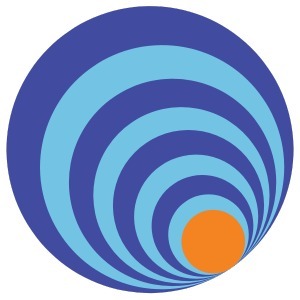There are no items in your cart
Add More
Add More
| Item Details | Price | ||
|---|---|---|---|
2.1 Long-Term Planning
🔹 4. Pit Layout Design
Designing the pit involves:
Haul Road _ / \ | Catch Berm | |---- Bench ----| | | |____Ore Zone___|
Pit Layout (Top View)
{{ONLINEMININGEXAM.COM}}
India's 1st Online Mining Academy Prepare for DGMS 1st Class & 2nd Class Mining Manager......